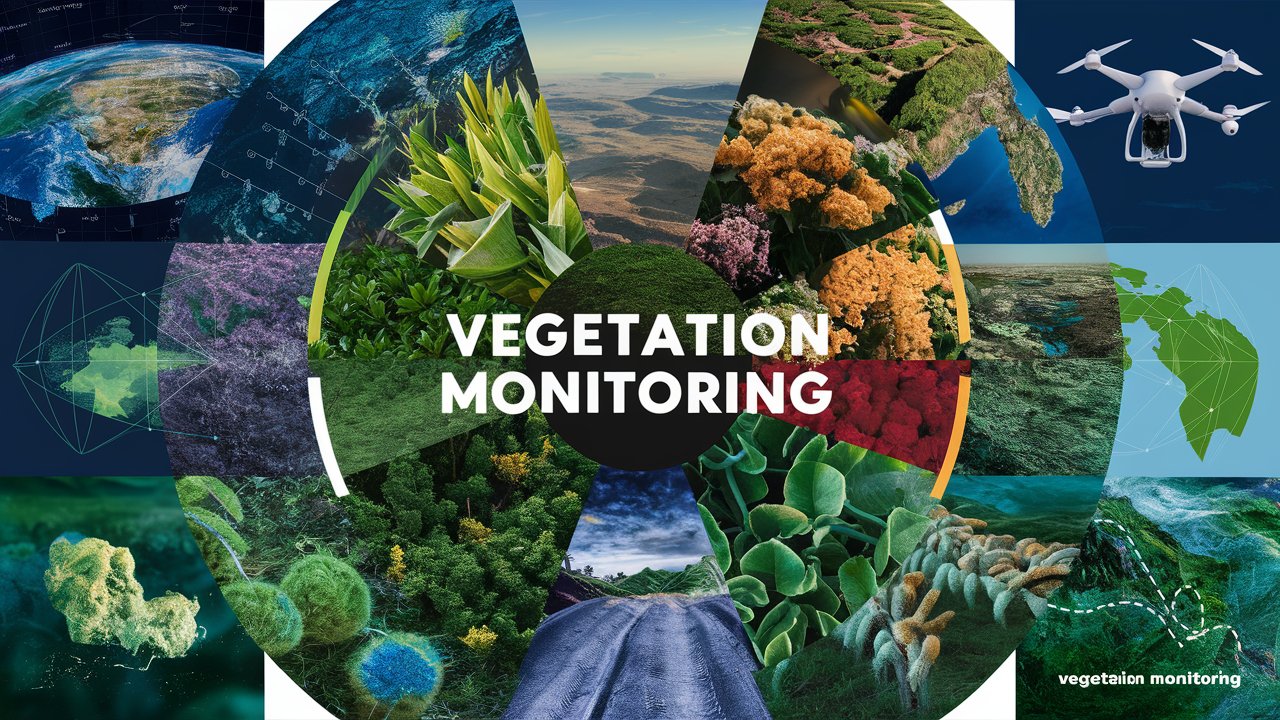
In an era where environmental sustainability is more crucial than ever, vegetation monitoring emerges as a vital practice. This comprehensive guide will explore the importance, techniques, and applications of vegetation monitoring, helping you understand how it contributes to a healthier planet.
Understanding Vegetation Monitoring
Vegetation monitoring is the process of systematically observing and recording data on plant life within a specific area. This practice helps identify changes in ecosystems, assess plant health, and guide conservation efforts. Various methods, from remote sensing to ground surveys, are employed to collect and analyze data.
Key Techniques in Vegetation Monitoring
- Remote Sensing: Utilizing satellite and drone imagery, remote sensing provides a broad overview of vegetation health and changes over time. It is particularly useful for large-scale monitoring.
- Ground Surveys: On-the-ground data collection involves detailed observations and measurements of plant species, soil conditions, and environmental factors. This method offers high precision and accuracy.
- GIS Mapping: Geographic Information Systems (GIS) help create detailed maps of vegetation patterns, enabling better visualization and analysis of data.
The Importance of Vegetation Monitoring
Vegetation monitoring is essential for several reasons:
- Conservation Efforts: By monitoring plant health and biodiversity, conservationists can identify at-risk areas and implement protective measures.
- Agricultural Optimization: Farmers use vegetation monitoring to improve crop yields and manage resources efficiently. By understanding soil and plant conditions, they can optimize irrigation, fertilization, and pest control.
- Climate Change Insights: Monitoring vegetation helps scientists understand how climate change affects ecosystems. This knowledge is crucial for developing mitigation and adaptation strategies.
Practical Applications
- Forest Management: Monitoring forest ecosystems helps manage resources, prevent deforestation, and maintain biodiversity.
- Urban Development: Vegetation data aids in planning green spaces and mitigating urban heat islands.
- Disaster Recovery: During natural disasters, vegetation monitoring helps assess damage and plan recovery efforts.
Overcoming Challenges
While vegetation monitoring is highly beneficial, it faces challenges such as data accuracy, technological limitations, and resource constraints. Advances in technology, such as AI and machine learning, are addressing these issues by providing more accurate and efficient monitoring methods.
Future Directions
The future of vegetation monitoring lies in integrating real-time data analytics and IoT devices. These advancements will enable continuous monitoring and provide immediate insights, leading to more proactive and informed decision-making.
Conclusion
Vegetation monitoring plays a crucial role in promoting environmental sustainability and resource management. By understanding and utilizing the latest techniques, we can contribute to a healthier planet. Whether you’re involved in conservation, agriculture, or simply care about the environment, supporting vegetation monitoring efforts is essential for a sustainable future.






